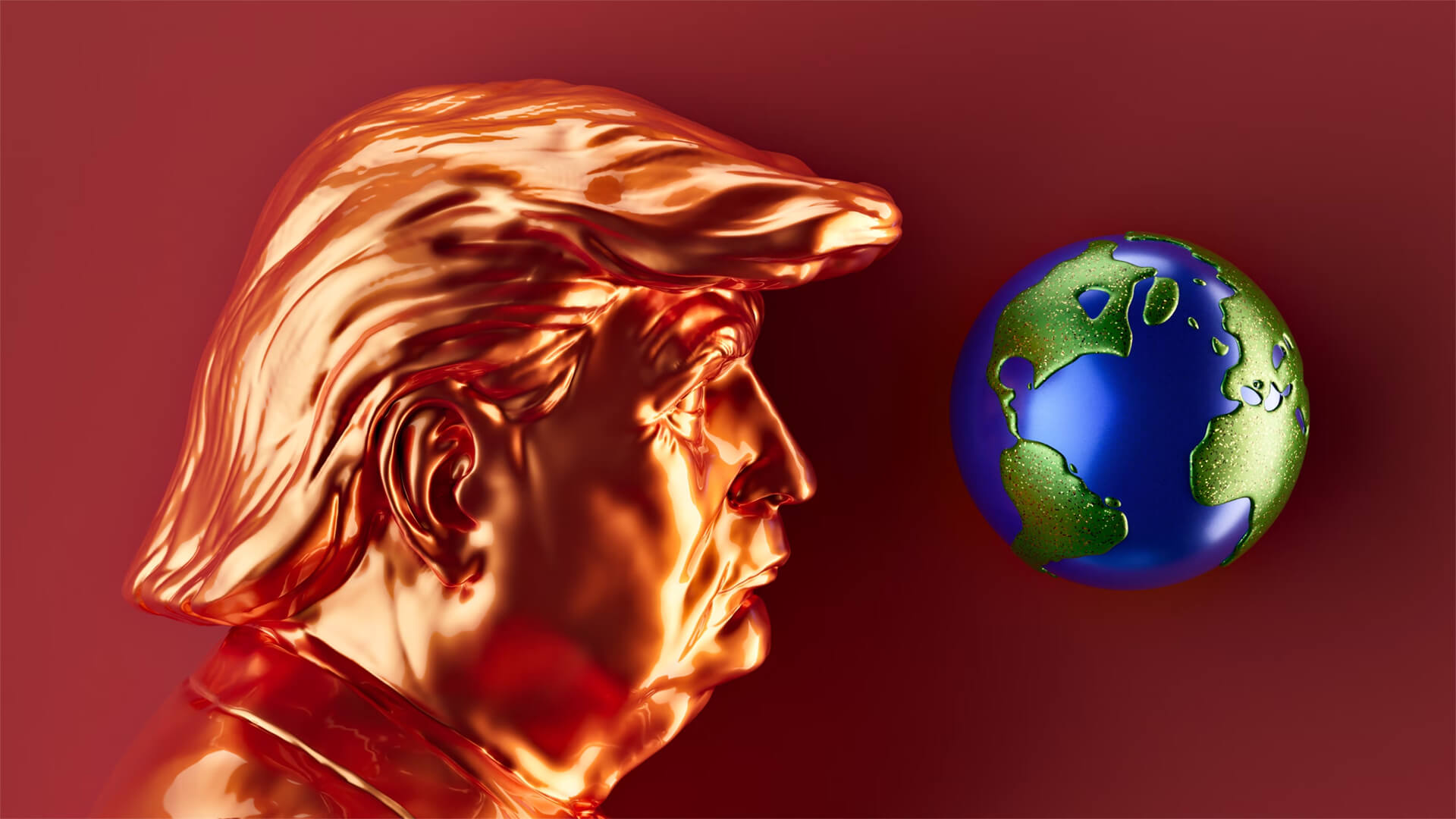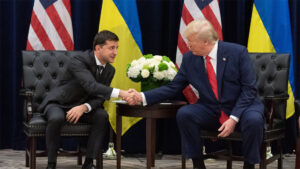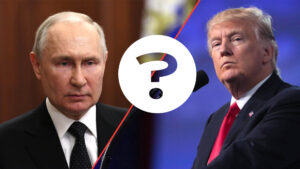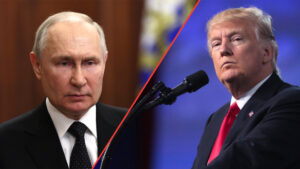The Trump administration can put out as much trade deal fluff as they want, but the reality is that the internal dysfunction and unpredictable nature of this admin will impede most deals from ever making it out of an email chain.
Trade negotiations are complex and take years to develop. Given the state of organizational paralysis, there’s just not enough people to handle most of these talks. All of that back and forth, up and down, and dragging through the mud has left a sour taste in most countries’ mouths. And with no real beta on how to successfully approach these trade deals, what’s the point in trying?
So, take those official claims that ‘progress is being made’ and ‘real trade talks are happening’ with a truckload of salt.
Here at Zeihan on Geopolitics, our chosen charity partner is MedShare. They provide emergency medical services to communities in need, with a very heavy emphasis on locations facing acute crises. Medshare operates right in the thick of it, so we can be sure that every cent of our donation is not simply going directly to where help is needed most, but our donations serve as a force multiplier for a system already in existence.
For those who would like to donate directly to MedShare or to learn more about their efforts, you can click this link.
Transcript
Hey all, Peter Zeihan here. The fire hose of chaos continues. And today we’re gonna talk about trade deals and why you really shouldn’t expect many. First of all, let’s talk about the organizational side of things. Usually it takes the United States about six months of consulting with industry and consulting with Congress just to build its general position on a trade talk.
And then you go into talks with the other side, the fastest trade deal the United States has ever negotiated with Singapore. It took about 18 months. Most of them take the better part of a decade because there are so many pieces in motion. Even the Treasury secretary says that meaningful talks aren’t going to begin for another five weeks, and the first results aren’t going to happen with six months.
Even that is just a grossly optimistic time frame. And what you normally do is the trade talks reach a point of stagnation down the road. Then you start throwing around the threat of tariffs. By doing it in the front end, everybody’s kind of on the wrong foot. And to be perfectly blunt, the United States isn’t ready to have these talks.
Part of that is also organizationally, when the Trump administration came in, he came in with a much smaller Cordray than most presidents do. It’s really just the cabinet and a few senior aides. The Trump administration then proceeded to gut all of the departments of everyone in the top, several echelons, and then never staffed those positions with anyone but loyalists.
And so there really aren’t a lot of people who even know how to negotiate in the first place, much less do a trade deal. So there’s really only four people in the US administration that are capable of holding the talks. You’ve got Jamison Greer, the US Trade Representative Office. You’ve got Howard Slotnick Commerce. You’ve got Scott percent at Treasury.
And then, of course, the president himself. That’s four. And all of them have other things to do. Normally you would have literally hundreds of people taking care of all the technical aspects of the talks. And so when another country reaches out to the United States to do exactly what Donald Trump says he wants them to do. Open conversations on all of the topics.
There are no people at the lower levels to carry on those conversations. It’s just the four at the top, and all of them are very, very busy doing everything they do with their normal day job. On top of several dozen trade negotiations. And so we’re hearing reports left, right and center from even larger trading partners that messages are going on responded.
And any offer that they make is just met with silence for their part. The Trade Representative’s office says that it’s sending the things on to the president that he thinks are worth the president’s time. But everything just snarled up because the president is doing other things. That’s kind of piece one. Piece two is much more visceral because of the way Donald Trump has approached these things.
There isn’t a lot of trust. So consider the situations of our top four trading partners outside of China. So first, Canada, Canada took a hard line position of resisting what the Trump administration did in its early days. And as a result, it got slapped with tariffs that haven’t come off. Mexico decided to bend and give the Trump administration everything it wanted. And as a result, it was slapped with tariffs. So with our top two trading partners, no one knows what the approach should be because the result is the same as for the Europeans. It’s a security issue. Trump administration came in, basically withdrew support for Ukraine. Ukraine is fighting Russia. Russia is the only reason that NATO alliance exists.
It was created by the United States to contain the Russians. And so the Europeans quite rightly see the United States as a security threat. And anything that happens on the trade front, as a subsidiary to that. And the Trump administration doesn’t want to talk about the security situation at all unless the Europeans buy lots and lots of weapons.
But still do everything the United States says. And so we’re getting a split in the security identity of the entire Western civilization. Because of this disconnect between the two, what the Trump administration says it wants, what it’s doing. And then throwing the tariff situation into the mix. And so the Europeans really don’t see a benefit to discussing anything with the Trump administration until such time that the NATO situation is untangled.
And then finally, you’ve got Japan. Japan has tried to take a relatively low profile in this, and it’s mostly one of, it’s kind of a combination of betrayal and disgust that they’re feeling.
During the first Trump administration, Shinzo Abe, the Japanese prime minister, specifically came to Washington, cut a humiliating deal specifically to get in with Donald Trump so that whatever the future of the United States would be, whatever the future of Japan would be, the hard work would be done, and they could proceed together.
So the deal was negotiated by Trump, was signed by Trump, was enforced by Trump. And in the last month, the Trump administration has basically abrogated the deal and told the Japanese to start over. And the Japanese position is, if you want, honor your own deals, why in the world should we bend over backwards to negotiate another one with you?
And so the official story is that everyone is reaching out to negotiate, and lots of good deals are being made. But the bottom line is, none of our trade partners really see the point in doing this, because everything is so erratic today is April 16th. Today, the Trump administration announced its 95th tariff policy in 45 days, raising the tariff rate on many Chinese products to 245%.
As long as everything is so erratic, there is no point in having a conversation with the United States. Even if you can get someone on the phone because the rest of the world just doesn’t know yet what this administration actually wants. The goalposts are changing on a daily basis, sometimes an hourly basis until that settles.
Trade talks. Real trade talks can’t even begin.








